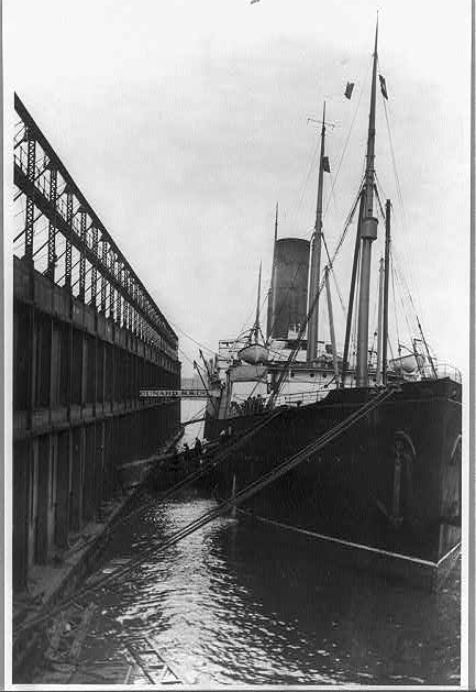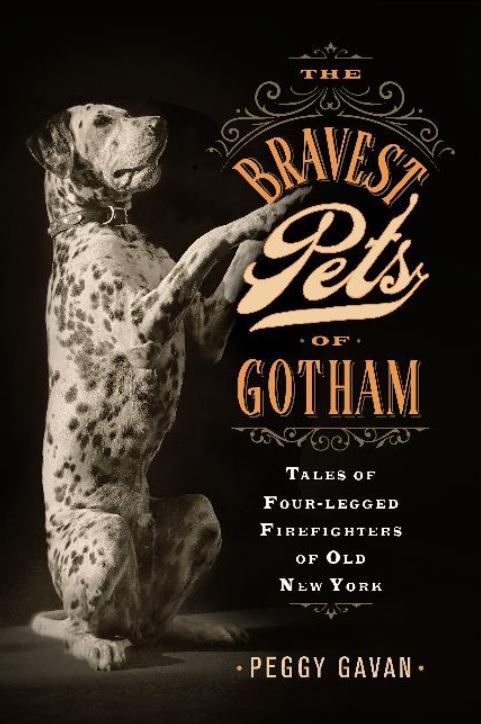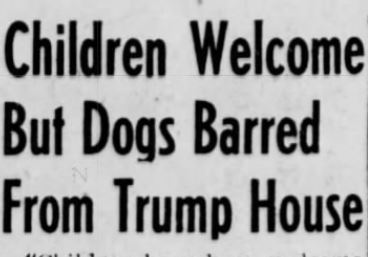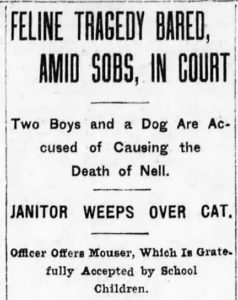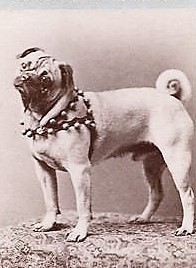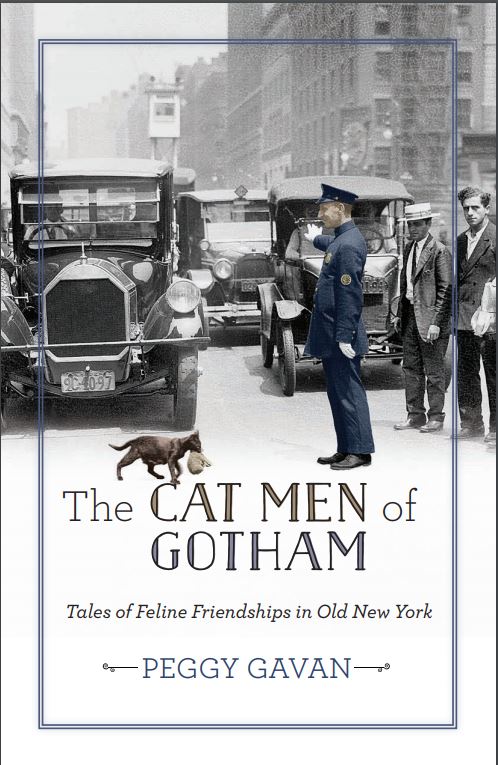
The Cat Men of Gotham is now available at a 30% discount when you pre-order from RUP using the instructions below.
Happy Holidays everyone!
I just received some great mews from my publisher, Rutgers University Press. My new book, The Cat Men of Gotham: Tales of Feline Friendships in Old New York, is now available for pre-ordering. The book is not scheduled for release until May, but if you order early, you’ll save $6 on the cost of the trade cloth (hardcover) book. Plus, there is no charge for shipping in the United States.
Here’s a summary of the book:
The nineteenth century was a rough time to be a stray cat in New York City. The city’s human residents dealt with feline overpopulation by gassing unwanted cats or tossing them in rivers. But a few lucky strays were found by a diverse array of men—including firemen, cops, athletes, and politicians—who rescued them from the streets and welcomed them into their homes and hearts.
This book tells the stories of these heroic cat men of Gotham and their beloved feline companions. Not only does it introduce us to some remarkable men, but we get to meet many extraordinary cats as well, from Chinese stowaways prowling the Chelsea Piers to the sole feline survivor of the USS Maine explosion.
Among the forty-two profiles, we find many feline Cinderella stories, as humble alley cats achieved renown as sports team mascots, artists’ muses, and even presidential pets. Sure to appeal to cat fanciers and history fans alike, The Cat Men of Gotham will give you a new appreciation for Old New York and the people and animals who made it their home. As it takes you on a journey through the streets of Manhattan and Brooklyn, it will amuse and astound you with tales of powerful men and their pussycats.
Some of the stories are expanded versions of posts from The Hatching Cat, but there are also lots of new stories that I’ve never published before (and which I will never publish on this site), including the full story around the iconic photo of the cat man on the cover of the book.
How to Order the Cat Men of Gotham
In order to get the 30% discount, you must order the book directly from Rutgers University Press. Simply enter “Cat Men of Gotham” in the search, and then click on the little red shopping cart to place the order. Say “yes” to placing a back order, and then enter the code in the Promo box.
If you are interested in reviewing the book and doing a write-up on your own blog, newsletter, or other social media platform, you may be able to request a review copy, depending on the scope of the media. Please just let me know if you plan on reviewing the book so I can keep track and also inform the publicity department.
Thank you very much, and have a great Mew Year! 
